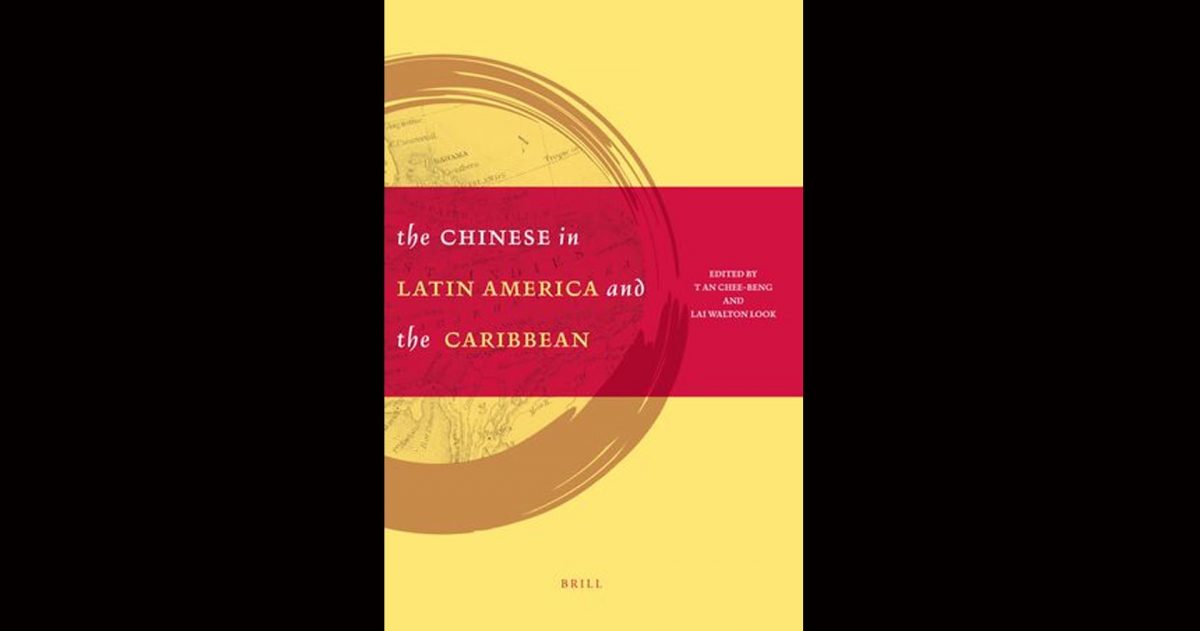Chino is the Spanish word for Chinese. But not always. At one point in the olden days, it referred to Asians and even Africans!
Making use of lots of material from Archivo General de Indias, Seville, Edward R. Slack Jr., professor at Eastern Washington University, authored the article “Sinifying New Spain: Cathay’s Influence on Colonial Mexico via the Nao de China,” which appeared in the recently published book, The Chinese in Latin American and the Caribbean (Brill, 2010).
Slack’s article provides valuable information not only about Chinese in Mexico but also on the Chinese in the Philippines, as well as the role they played in the galleon trade. We will touch more about these in future articles. In this one, we will just concentrate on the term “Chino.”
“For almost two and one-half centuries, travelers from Cathay (China), Cipango (Japan), the Philippines, various kingdoms in Southeast Asia and India were known collectively in New Spain as chinos (Chinese) or indios chinos (Chinese Indians), as the word chino/a became synonymous with the Orient,” Slack wrote.
He also pointed out that once Mexican galleons in the late 16th century and 17th century began transporting Asian immigrants to New Spain, chino or china came to mean “Asian,” while the Philippines became commonly referred to as ‘la china’.”
What’s more, the galleons travelling between Manila and Acapulco were called Nao de China (China ship) in Mexico!
Slack said this information came from “Origen, costumbres, y estado presente de Mexicanos y Philipinos, descripcion acompañada de los estampas en colores” of Joachin Antonio de Basarás in 1763.
“As various ethnic groups from China, Japan, the Philippines, Dutch East Indies, Malaysia, Burma, Vietnam, Thailand, Cambodia, and India were sold into slavery, they summarily received the appellation of chino/a.”
“During the initial phase of intercourse between the Orient and Mexico, the view of Spanish court was that chinos were indios, a universal term for those considered natives of the king’s dominions in the Americas and Asia,” Slack explained.
As far as the Spanish court was concerned, chinos were also indios!
Not only that, according to Slack, “colonial authorities… began to lump chinos with the African mixed-race castes by the middle of the 17th century.
“By the 1750s, the commonly-held assumption by elites in New Spain was that a chino was the result of a union between individuals with African and Indian blood.”
Slack pointed out, “Looking at a variety of sources, the historical turning point for this terminological metamorphosis appears to be around the time of the 1692 Mexico City riot.”
“The language used by court officials reveals that Mexico City elites viewed this chino as a person of African descent, and underscores the growing popular sentiment that the two races were similar, if not coequal.”
First published in Tulay Fortnightly, Chinese-Filipino Digest, May 4-17, 2010 issue.
